[ad_1]
Nicola Privato and Giacomo Lepri introduce Stacco
Nicola Privato and Giacomo Lepri have developed Stacco. It’s a wooden-like musical instrument that can produce sound art and chimes by throwing, combining, or moving magnetic marbles on its surface. The instrument employs Neural Audio Synthesis, a technology that helps Stacco create and manipulate sounds using artificial intelligence. Under its surface, it has four small devices called magnetic attractors. These come from the first magnetic instrument that Nicola Privato developed with Instrument Intelligent Labs named Thales.
Each of these attractors has two magnets and a sensor called a magnetometer that can detect changes in magnetic fields. Since these are placed under Stacco’s surface board, they can sense movements and changes in the magnetic field in two dimensions (and potentially three dimensions). By detecting these changes, the musical instrument produces sounds similar to water splashes and chimes. The attractors can control up to eight different settings or parameters at the same time. These parameters could affect things like pitch, volume, or tone of the sounds.
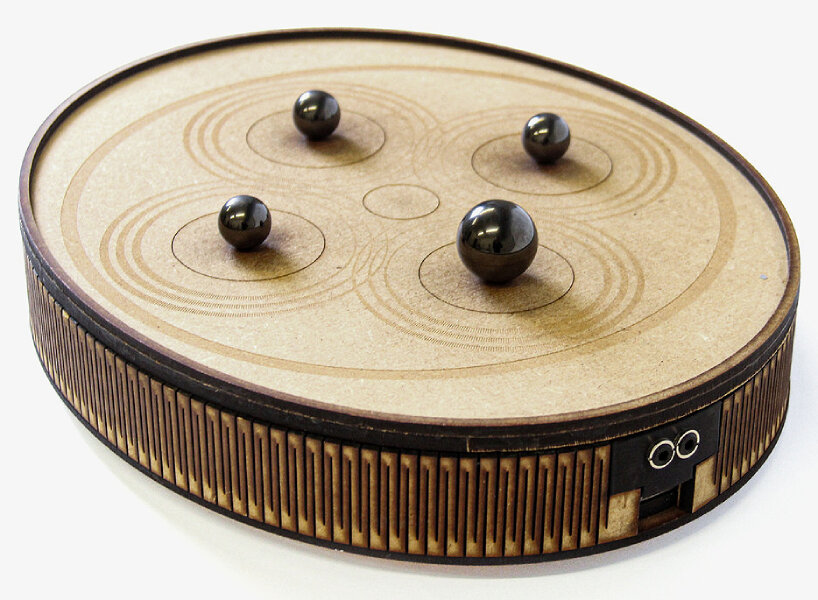
all images courtesy of Nicola Privato, Giacomo Lepri and Intelligent Instruments Lab
Magnetic marbles produce the sounds of the musical instrument
Stacco is interactive, and that’s how Nicola Privato and Giacomo Lepri have designed it in the Intelligent Instruments Lab. Just like its sibling, Halldorophone, the designers’ musical instrument uses a small computer board called Bela. It’s there to create and process sounds directly on the instrument, but for more complex tasks, users can connect the musical instrument to a laptop. This allows them to use other software for sound processing. Outside of the software, users can just place magnetic marbles, rings, or other related objects on Stacco’s surface.
If they use only one marble or ring, they can control each of the sounds’ pitch or volume precisely. If they place more than one, they’re in for a complex and playful sound-making process. Having more magnetic objects can also make the musical instrument produce more creative sounds since each part of the surface has a different tone. Connecting Stacco to a laptop helps navigate its decoder’s ‘latent space’ in RAVE, a software developed by Antoine Caillon at IRCAM, a research center in music and sound technology, for creating sounds in real-time.
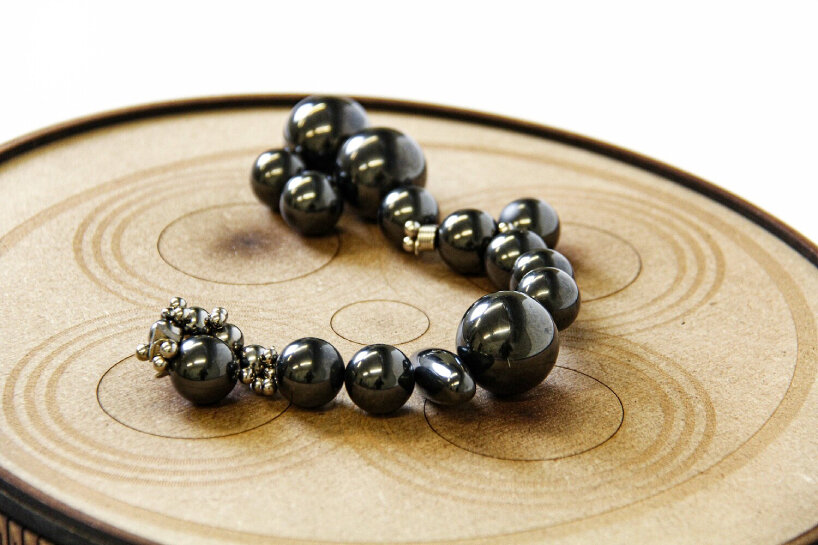
the musical instrument can produce sounds by combining or moving magnetic marbles on it
Layer of paper or cardboard for easy skating on the surface
Latent Space is a term used in machine learning and neural networks, similar to a map of all possible sounds the model can create. Navigating this space means exploring and finding different sounds, which is an aim of Stacco. Nicola Privato and Giacomo Lepri have designed their musical instrument to be interactive. The designers say users can move magnetic marbles on its surface to control and discover different sounds. When they like a particular sound, they can mark the surface with a pen or pencil so that they always remember where that tone is located.
The sensors on Stacco can detect the magnetic marbles even if there’s a layer of paper or cardboard on top. It’s thin and allows users to place the objects onto the surface and sketch directly on it as soon as they discover the sounds they like. So far, Nicola Privato and Giacomo Lepri are studying how people create and design musical scores using this method and through RAVE. They want to understand how intuitive and effective it is for composing music.
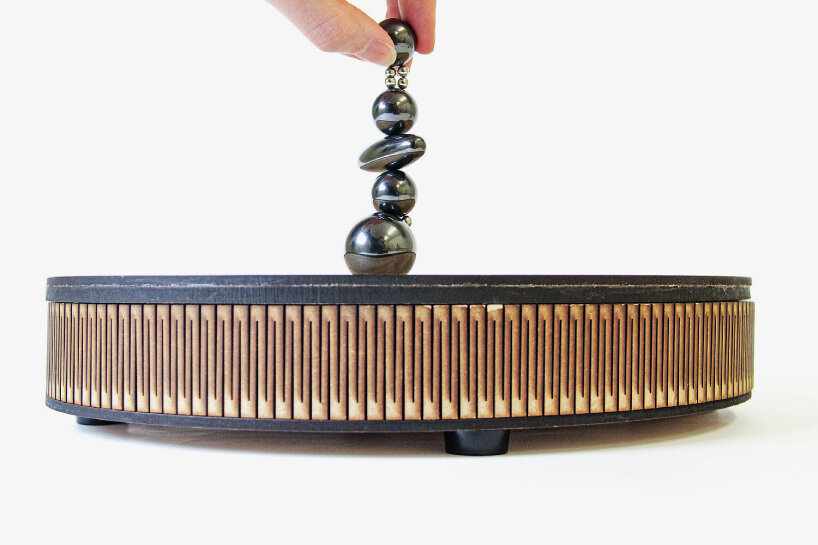
it employs a technology that helps Stacco create and manipulate sounds using artificial intelligence
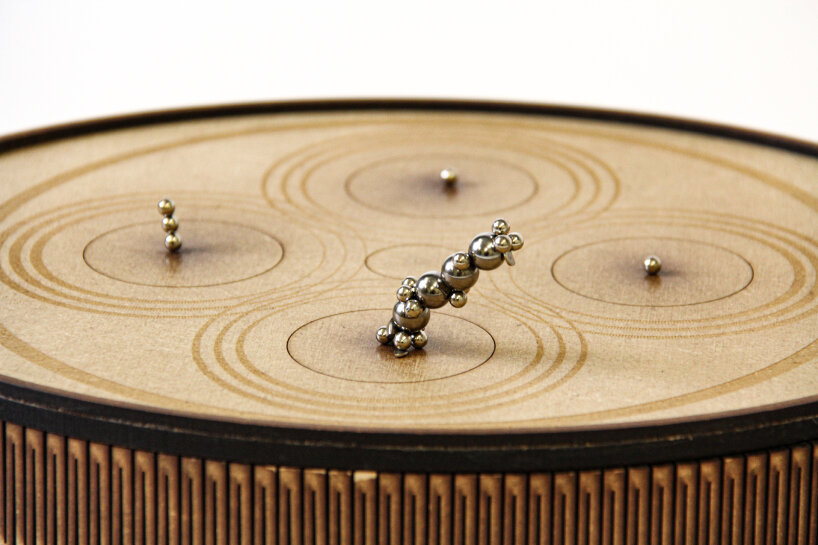
under its surface, it has four small devices called magnetic attractors
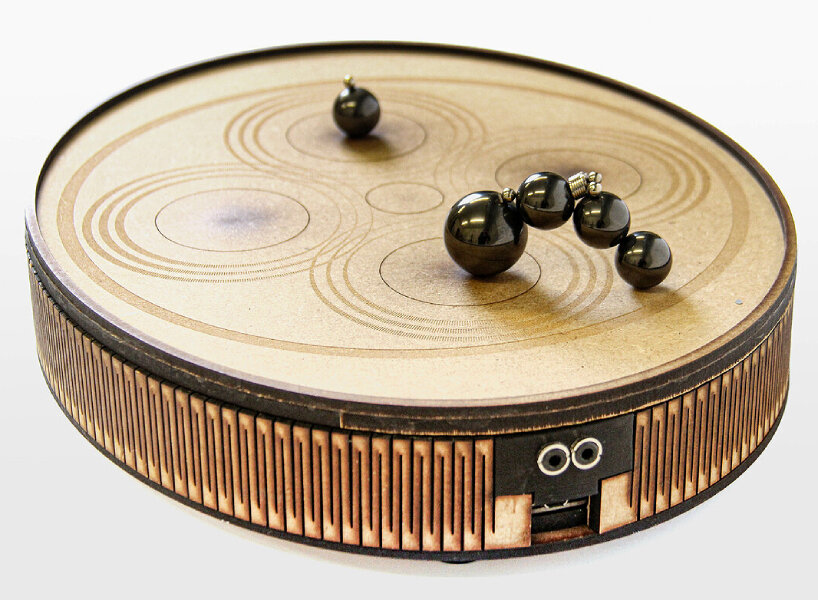
each of these attractors has two magnets and a sensor called a magnetometer
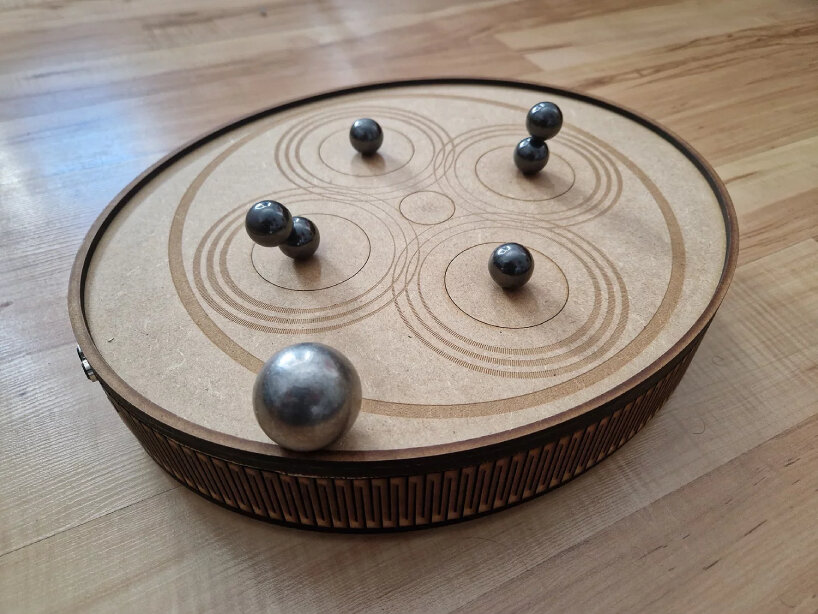
the attractors can detect changes in magnetic fields, thus helping produce the sounds
[ad_2]
